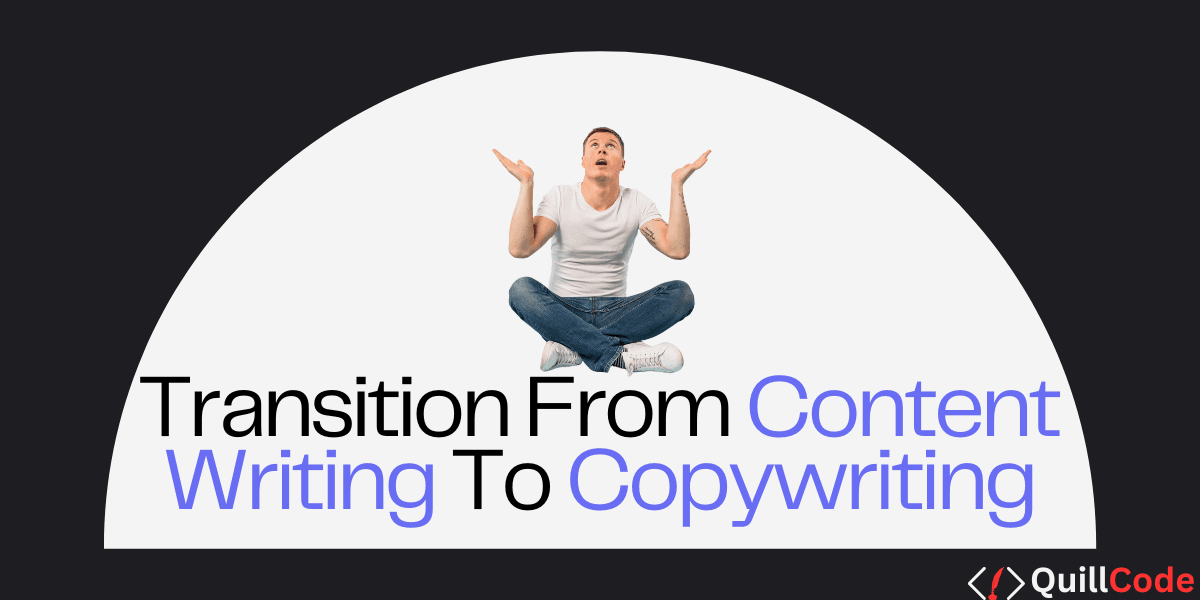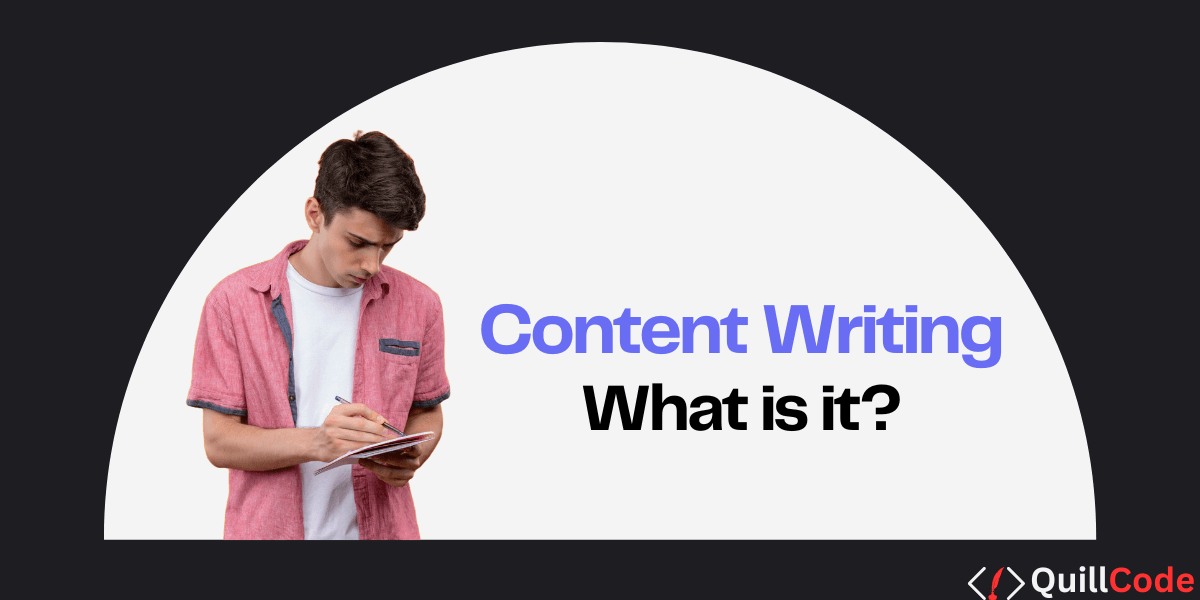When you want to know what is content, you only need to pause. Take your smartphone in hand, and you will find that content is everywhere. From the words you read on the internet to the videos you watch online, content shapes our daily experiences, influences our decisions, and connects people across the globe.
Yeah, you already know this and your actual content is, apart from what was mentioned, what exactly is content? Why is it so important? And how can it be used effectively?
As a result of all the curious questions, in this blog, we’ll explore the definition of content, its various types, and key characteristics that make content valuable.
What is Content?
Content refers to any form of information, communication, or experience shared with an audience through different mediums. It can be in the form of text, images, videos, audio, or interactive elements, depending on the platform and the purpose.
To specify in very simple language, content is everything that conveys a message, now if it’s a blog post, an advertisement, a social media update, or even a meme, it is content.
The Role of Content in Communication
Content serves as the bridge between individuals, businesses, and communities. It helps people exchange ideas, share knowledge, and express emotions. Whether for entertainment, education, or marketing, content plays a fundamental role in shaping perceptions and influencing behaviours.
Types of Content: Exploring Different Formats
Content exists in many forms, each catering to different audiences and communication needs. The format of content significantly impacts how it is consumed, understood, and shared. Below are the most common types of content and their unique benefits.
Text-Based Content
Written content has been the foundation of communication for centuries. It remains one of the most effective ways to share information, educate, and engage audiences.
- Blog Posts and Articles – In-depth explanations, storytelling, and discussions on various topics. These help inform, educate, and establish authority in a subject.
- Social Media Captions and Tweets – Short, impactful text designed for quick engagement. Often used to spark conversations or share updates.
- Books and Ebooks – Long-form content that provides detailed insights, guides, or fictional narratives. Ideal for extensive learning and entertainment.
- Whitepapers and Reports – Research-based, data-driven documents used in business, marketing, and academia to present findings, case studies, and solutions.
Visual Content
A well-crafted visual can convey messages faster than text. Visual content is essential for capturing attention and simplifying complex ideas.
- Infographics – A combination of text and graphics that presents data or ideas in a visually appealing and easy-to-understand manner.
- Memes – Humorous or relatable images with text, widely shared on social media to engage audiences through entertainment.
- Presentations – Slide-based content used in business, education, and training to visually communicate ideas. Often used in PowerPoint, Google Slides, or Prezi.
Video Content
Video content is one of the most engaging and widely consumed formats. It combines visuals, sound, and storytelling to create immersive experiences.
- YouTube Videos – Long or short-form videos covering various topics such as tutorials, entertainment, and educational content.
- Short-Form Videos – Instagram Reels, and YouTube Shorts cater to audiences who prefer quick, engaging content.
- Webinars and Live Streams – Real-time video content used for training, discussions, and product launches, allowing direct audience interaction.
Audio Content
Audio content is becoming increasingly popular, especially among multitaskers who prefer listening over reading or watching.
- Podcasts – Digital audio series covering topics from business and education to entertainment and personal development.
- Audiobooks – Book narrations that allow people to consume literature while driving, exercising, or relaxing.
- Voice Assistants – AI-powered voice-based interactions through platforms like Alexa, Siri, and Google Assistant, providing hands-free access to information.
Interactive Content
Interactive content encourages user involvement, making it one of the most engaging forms of content. It provides a personalized experience and increases retention.
- Quizzes and Polls – Fun, engaging, and often viral content that encourages users to interact while learning something about themselves or a topic.
- Surveys – Used by businesses and researchers to gather opinions, feedback, and insights from audiences.
- Augmented Reality (AR) Experiences – Digital elements overlaid on real-world environments, commonly used in gaming, shopping apps, and educational tools.
Why is Content Important? Understanding Its Purpose
Content is more than just words, images, or videos—it’s a powerful tool that shapes perceptions, drives engagement, and influences decisions. Whether for personal use, business growth, or social impact, content plays a crucial role in how we communicate and connect. Let’s explore why content is so essential.
Educates and Informs
Content is one of the primary ways people learn and stay informed. From detailed how-to guides to breaking news, content provides valuable insights that help individuals expand their knowledge.
- Blog posts and tutorials – Step-by-step guides that simplify complex topics.
- Educational videos – Online courses and explainer videos that make learning accessible.
- News articles and research papers – Timely and well-researched information to keep people updated.
Entertains and Engages
Not all content is meant to educate—some of the most popular content exists purely for entertainment. Whether it’s a viral meme, a thrilling movie, or a captivating book, entertainment content keeps audiences engaged and emotionally connected.
- Movies, TV shows, and YouTube videos – Visual storytelling that captivates audiences.
- Memes and social media content – Lighthearted and humorous content that spreads quickly.
- Music, podcasts, and storytelling – Engaging audio content that resonates with listeners.
Builds Trust and Authority
High-quality, well-researched content positions individuals and brands as experts in their field. When people find reliable, informative content, they are more likely to trust the source.
- Thought leadership articles – Content that shares expert opinions and insights.
- Case studies and testimonials – Real-world examples that demonstrate credibility.
- Consistently valuable blog posts and guides – Reliable resources that establish long-term trust.
Influences Decisions and Drives Action
Content plays a crucial role in influencing consumer behavior. Well-crafted content can persuade audiences to take specific actions, from making a purchase to signing up for a service.
- Product descriptions and landing pages – Persuasive copy that highlights benefits.
- Customer reviews and testimonials – Social proof that builds credibility.
- Call-to-action (CTA) messages – Encourages users to subscribe, buy, or sign up.
Connects and Inspires
Content has the power to bridge gaps, spark conversations, and unite people around shared interests and causes. Whether through storytelling, motivational messages, or user-generated content, it can inspire change and foster community.
- Social media discussions and blogs – Platforms for sharing ideas and perspectives.
- Motivational speeches and success stories – Content that inspires and encourages growth.
- Brand storytelling and campaigns – Emotional narratives that create deep connections.
What Makes Content Effective? Key Characteristics
Creating content is easy, but making it truly effective requires thought, strategy, and execution. High-quality content is not just about words, images, or videos—it’s about delivering value in a way that resonates with the audience. Below are the key characteristics of powerful content that drive engagement and impact.
Relevance
Effective content speaks directly to the needs, preferences, and interests of its target audience. It should provide solutions, answer questions, and address pain points in a meaningful way.
- Know your audience – Conduct research to understand their demographics, interests, and challenges.
- Personalize content – Tailor messages based on the audience’s behaviour and preferences.
- Stay updated – Keep content fresh and aligned with current trends, events, and industry developments.
Clarity
Good content should be easy to read, digest, and comprehend. The best content is clear, and concise, and avoids unnecessary complexity.
- Use simple language – Avoid jargon unless your audience is familiar with it.
- Break up content – Use bullet points, subheadings, and short paragraphs for readability.
- Get straight to the point – Eliminate fluff and focus on delivering valuable information.
Authenticity
In a world full of misinformation, authenticity is key to building credibility. People trust content that is genuine, well-researched, and free from plagiarism.
- Be transparent – Share real insights, experiences, and perspectives.
- Cite sources – Back up claims with credible data and references.
- Develop a unique voice – Avoid copying competitors; bring originality to your content.
Engagement
Great content invites the audience to think, respond, and take action. Whether through comments, shares, or discussions, engagement increases content reach and effectiveness.
- Ask questions – Encourage responses and discussions.
- Include call-to-actions (CTAs) – Prompt users to like, share, comment, or subscribe.
- Use interactive elements – Polls, quizzes, and challenges drive higher participation.
Consistency
Content success is not a one-time effort—it requires ongoing commitment and consistency. Posting high-quality content regularly keeps audiences engaged and helps build brand recognition.
- Create a content calendar – Plan and schedule content in advance.
- Stick to a tone and style – Maintain a consistent brand voice across platforms.
- Post at optimal times – Analyze audience behaviour to determine the best times for engagement.
Conclusion
Content is more than just words, images, or videos—it’s the foundation of how we share ideas, express creativity, and connect with the world. Whether you’re a business, a creator, or a casual user, understanding content and using it effectively can make a significant impact.
By focusing on relevance, clarity, authenticity, and engagement, you can create content that informs, entertains, and inspires people.



